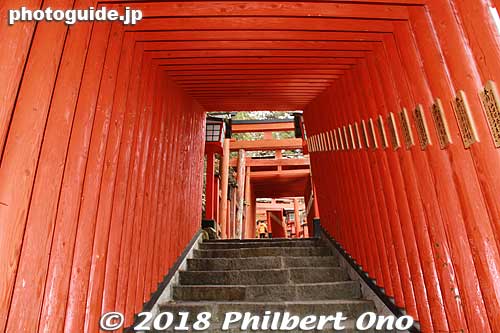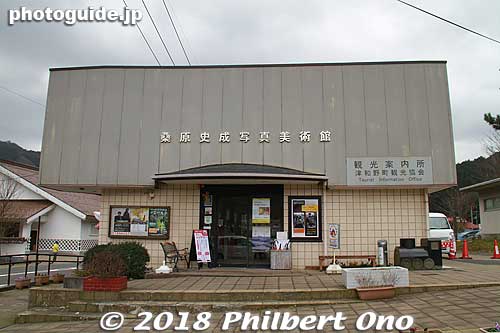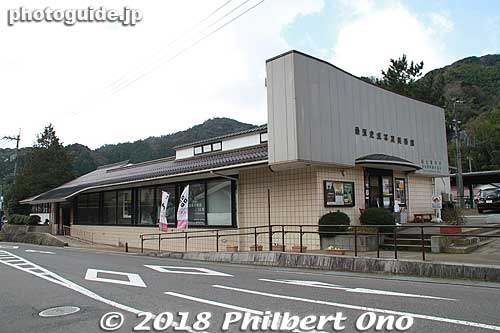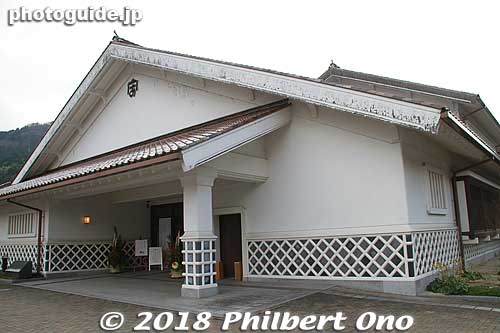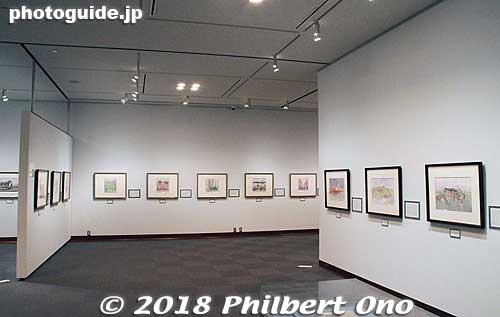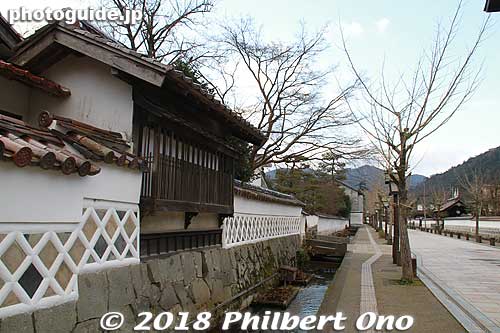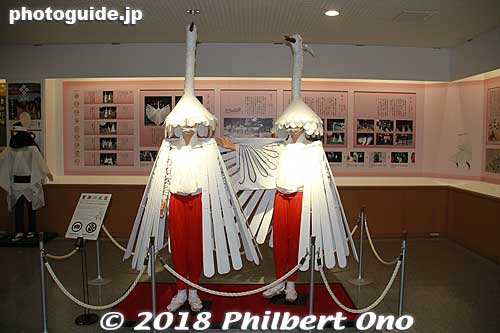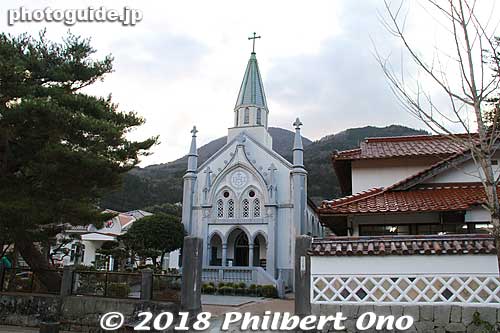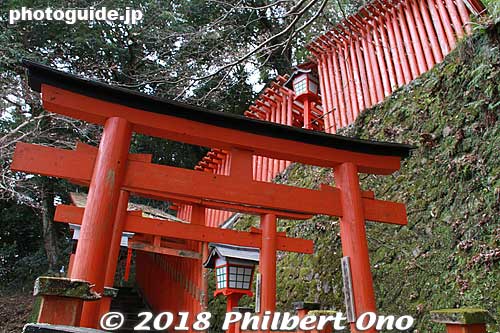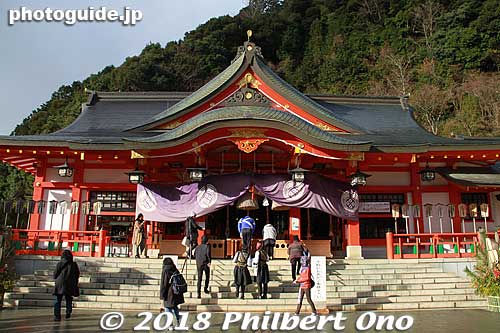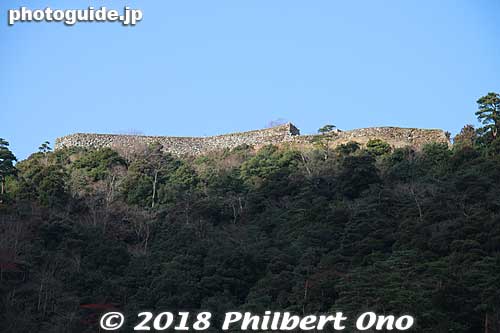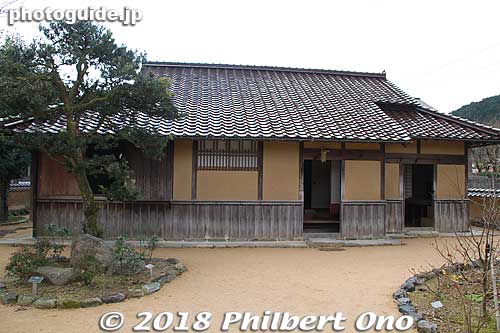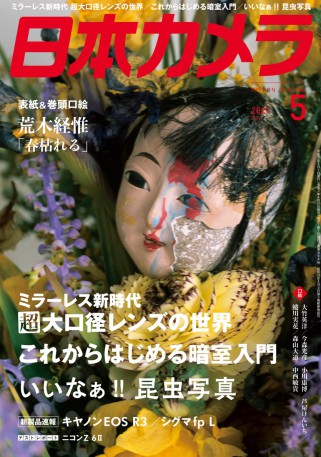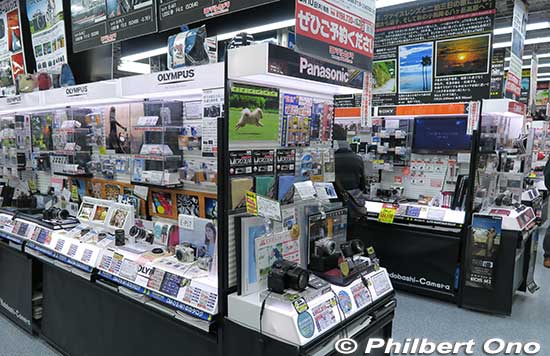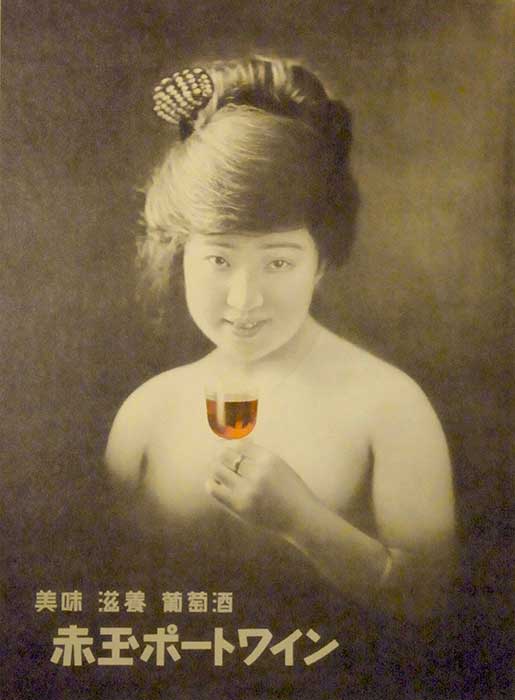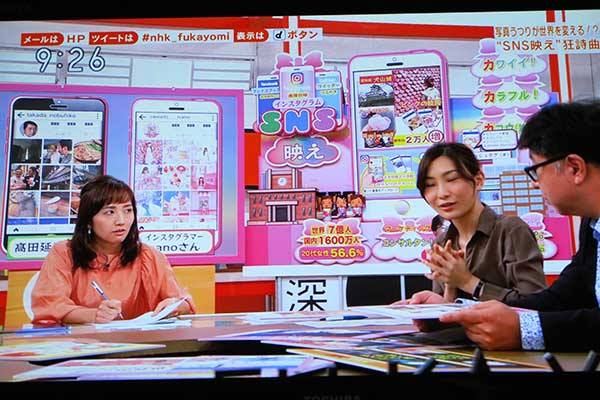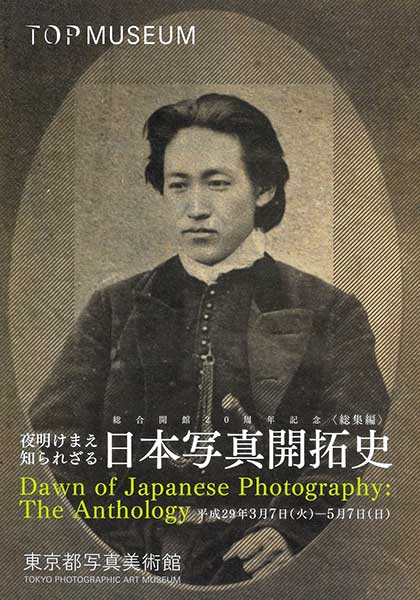Seemingly in the middle of nowhere, the small town of Tsuwano in Shimane Prefecture turned out to be a real delight. Surrounded by mountains, it feels like a Swiss resort in the Alps. It has traditional buildings and the famous Taikodani Inari Shrine. Very photogenic place easily accessible from JR Tsuwano Station (JR Yamaguchi Line).
Right near the train station is the Shisei Kuwabara Photographics Museum (桑原史成写真美術館) that exhibits photos by documentary photographer Shisei Kuwabara who is from Tsuwano. The museum also houses the local tourist information office. So it should be your first stop when you arrive. Map: https://goo.gl/maps/r8cR2ueCayM2
Shisei Kuwabara (b. 1936) is most famous for his Minamata disease photos (like W. Eugene Smith).
The Shisei Kuwabara Photographics Museum has only one exhibition room, not huge, but it’s large enough. The museum was originally a documentary photo museum and they asked Kuwabara if they could rename it in 2004. So it exhibits mainly his photos, although it does not preserve or possess his photos. So it’s just an exhibition space. The exhibited photos change periodically. Open 9 am–5 pm, closed on the third Thursday in Jan., April, July, and Oct. when they change the exhibit. Admission ¥300 for adults.
Website: http://www.town.tsuwano.lg.jp/kuwabara_photo/info.html
Right across the street from the photo museum is an art museum dedicated to another local artist (illustrator) named Mitsumasa Anno. Anno Art Museum (安野光雅美術館) opened in 2001 to show artworks by Mitsumasa Anno who was born and raised in Tsuwano.
The first floor is the main exhibition space of Anno Art Museum. The second floor has an old-style classroom (from 1920s design), planetarium, and library.
After seeing the museums, enter Tono-machi road (殿町通り) lined with traditional buildings. You can enter a few of the buildings like the Japan Heritage Center (small local museum) and the Tsuwano Catholic Church (津和野カトリック教会) dedicated to Saint Francis Xavier who visited Japan as a Christian missionary in 1549–50.
At the end of Tono-machi road, there’s a road going to Taikodani Inari Jinja, one of Japan’s Top Five Inari Shinto shrines noted for many vermillion torii gates along the path to the shrine. This is Tsuwano’s main attraction.
Similar to Fushimi Inari Shrine in Kyoto, Taikodani Inari Shrine has many vermilion torii gates on the way up to the shrine. If you cannot walk up, there is a road for cars that goes to the shrine as well. The path of toriis zigzags up the hill. It’s fun to climb up and enjoy the views.
The shrine worships Uka-no-Mitama, a deity associated with food and agriculture, and the goddess Izanami. It is Shimane Prefecture’s second most popular shrine after Izumo Taisha.
If you’ve come this far, you might as well also see the remains of Tsuwano Castle which is a short hike from the shrine. Or walk to novelist Mori Ogai’s birth home across the river.
To see the main sights of Tsuwano, give yourself at least one full day. You should arrive in Tsuwano and stopover the night before. I loved Tsuwano. Laid back and not crowded. Really worth a visit.
More Tsuwano photos here: https://photoguide.jp/pix/index.php?cat=351
